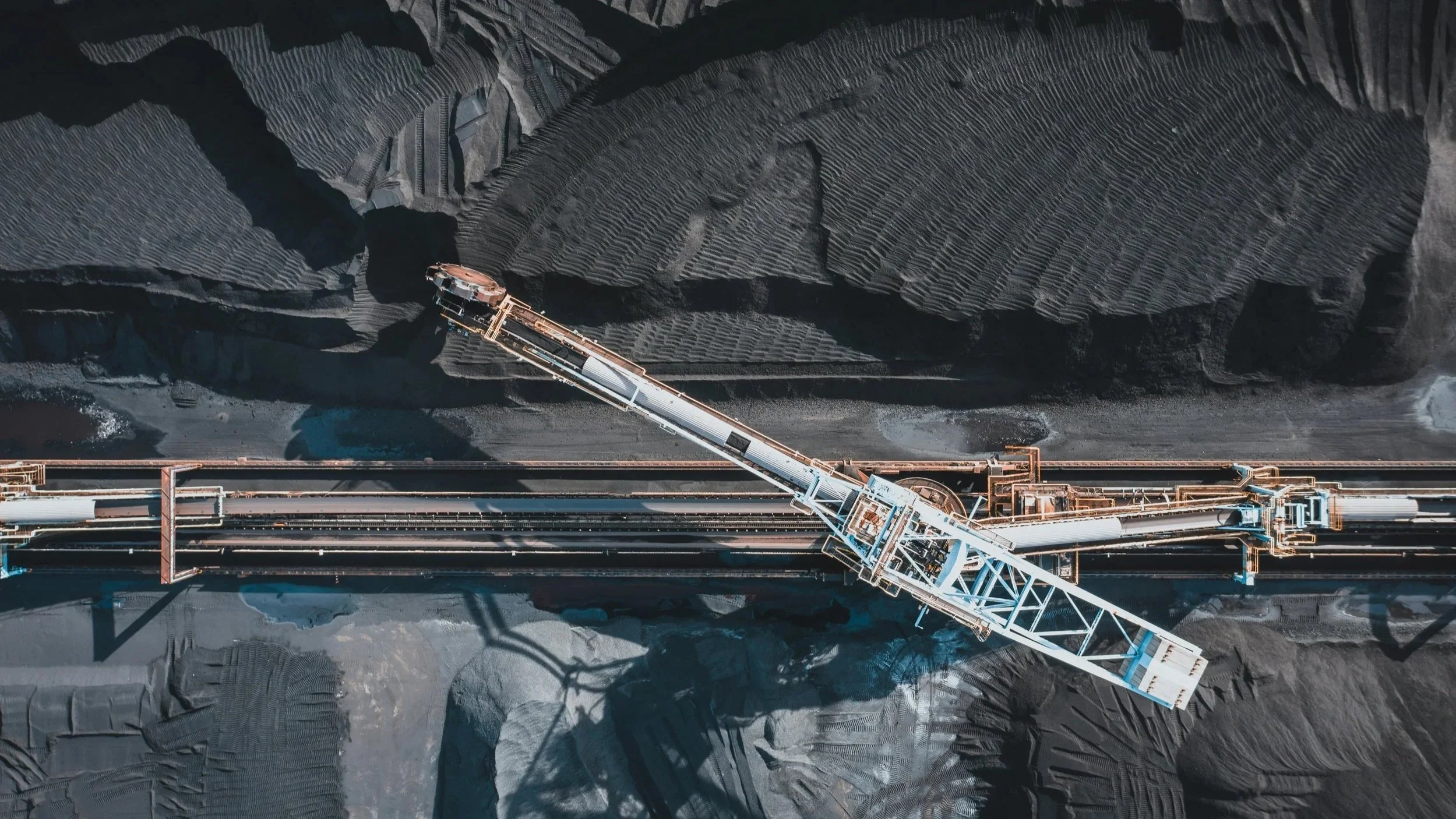Data centres revive US coal as the Global South embraces solar
As the United States leans back on coal to feed its data centre boom, the Global South is racing ahead with solar, clearing the path to a decarbonised future. It’s a strange reversal in the global energy landscape, says our Senior Director of Economics, James Meadway.
News this week that renewable generation worldwide has, for the first time, overtaken coal power is enormously welcome. Yet these signs of relative progress are being placed at severe risk by an extraordinary resurgence in demand for the filthiest fossil fuel in the United States.
Big Tech’s dirty power grab
A deadly combination of geopolitical posturing and the data centre frenzy has seen the Trump administration pledge to remove restrictions on coal mining and offer $625m in subsidies for coal-fired power plants. There were extraordinary scenes in July as Donald Trump convened the “Pennsylvania Energy and Innovation Summit”, in a historic coal state, where US Big Tech chiefs mingled with their counterparts from the US fossil fuel majors.
Graph showing US peak and decline and India’s acceleration in electricity generated from coal from the mid-2000s.
The Global South’s solar surge
For decades it was China and other fast-growing countries like India driving coal demand worldwide as older industrialised nations, like the US and Europe, shifted into nuclear, gas and some renewable generation. Yet we are now, potentially, in the early stages of an incredible reverse in the balance of energy generation.
Imports of solar panels are up 60% in the last year across sub-Saharan Africa, with panels making full use of the continent’s underexploited natural energy resources. India’s solar investments have surged in the last decade, with 50% of the country’s power now coming from renewable sources. A “cleantech revolution” across the Global South has seen soaring capital investments in renewables, whilst fossil fuels fall away.
Leapfrogging the fossil fuel grid
There’s an old idea in economics, laid out in the early 1950s by Russian émigré economist Alexander Gerschenkron, on the “advantage of backwardness”. Years of underinvestment and exploitation have left many Global South countries with poor or sometimes non-existent modern infrastructure. For example, the massive electricity grids found in the Global North, built around centralised power production in a few, equally massive power plants.
But the wave of light, cheap, small solar PV now being built mainly by China, which sells 75% of the world’s solar panels, means underdeveloped countries can leapfrog the older, centralised, fossil-fuel-driven grids of the Global North in favour of smaller scale, decentralised renewable production.
It’s similar to how African countries lead the world in the use of mobile payments: without the dense networks of banking infrastructure – all those big banks and their branches – in the Global North, mobile payments have provided a quick, cheap substitute. That’s the “advantage of backwardness” Gerschenkron wrote about.
Decentralised generation is not being used everywhere. India has invested heavily in “utility-scale” solar, which is now the cheapest form of electricity available on the planet, rather than smaller scale, decentralised production. But in every case, the absence of existing infrastructure, including existing fossil fuel plants and their associated supply chains – from coal trucks to gas pipelines – means the latest renewable technology is more easily made available to meet rising electricity demand across the Global South.
America’s backward bet
Back in the old New World, it’s a different story. The Trump administration is attempting to leverage its advantages in big data technologies and cheap fossil fuel energy to ward off competition, most especially from China.
As capital investments pledged by US Big Tech spiral ever upwards, not only has gas power expanded to meet soaring demand from new data centres, but as gas prices rose over this year, coal is back in favour. In Washington’s view, it is cheap, readily available, and can be run constantly, meeting Big Tech’s demands for 24/7 power supplies. Coal consumption in the US is expected to rise 7% from last year.
It's a steampunk dystopia – bloated, coal-fired data centres in an ever-warmer world. But it’s not the only story out there. There’s a long way to travel, but countries once written off as "behind" are now clearing the path to an alternative, decarbonised future.











